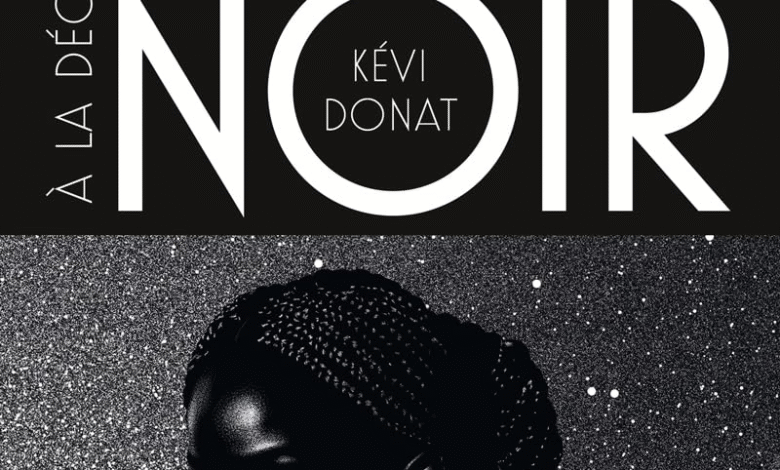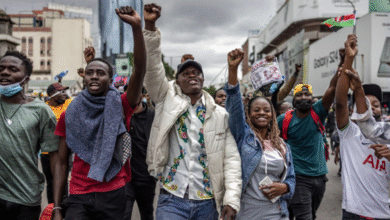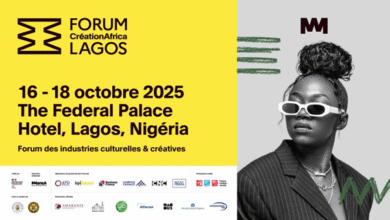“Black Paris” reclaims its place in french history
With his guided tours and new book Discovering Black Paris, Kévi Donat restores visibility to the Black figures who shaped the capital’s history. A vital effort that coincides with a current exhibition at the Centre Pompidou.

Since 2013, Kévi Donat has been guiding visitors through Paris in search of its hidden Black history. His tours of “Black Paris” explore the lives of Afro-descendant intellectuals, artists, and political figures who contributed to the city’s fabric yet remain largely overlooked. His new book, Discovering Black Paris (Faces cachées, June 2025), expands this work with historical depth and nuance.
In Paris, the only real change since 2020 is the statue of Solitude
“In Paris, the only real change since 2020 is the statue of Solitude,” he notes. The monument in the 17th arrondissement is the first dedicated to a Black woman in the French capital. Other gestures, like the Jane Vialle park or renewed interest in the Nardal sisters, are still rare.
There’s the official history and the invisible one
Donat’s work gained new momentum after the 2020 global reckoning following George Floyd’s murder. A French audience increasingly seeks alternative narratives absent from school curricula. “There’s the official history and the invisible one,” says Smail, a science teacher attending a Left Bank tour.
France wasn’t suddenly not racist. It needed to perform unity to hold on to its empire
Kévi Donat welcomes all visitors regardless of background. “I’m not here to preach, but to inform. My tours are about context and facts,” he says. At the Panthéon, he highlights figures like Félix Éboué and Gaston Monnerville, pointing out that their elevation was part of colonial France’s image politics. “France wasn’t suddenly not racist. It needed to perform unity to hold on to its empire.”
The Centre Pompidou’s Black Paris exhibition, open until June 30, is a long-awaited institutional gesture, but one Donat finds lacking in political clarity. “It’s not radical enough, not bold enough,” he says. He believes such exhibits should become permanent fixtures and criticizes the delays in establishing the upcoming Maison des mondes africains.
The memory is there. What we need now is courage
Still, he remains hopeful. “We need political will, but institutions like the Foundation for the Memory of Slavery are taking steps forward.” His tours, now fully booked, are proof of a growing public hunger. “The memory is there. What we need now is courage.”







